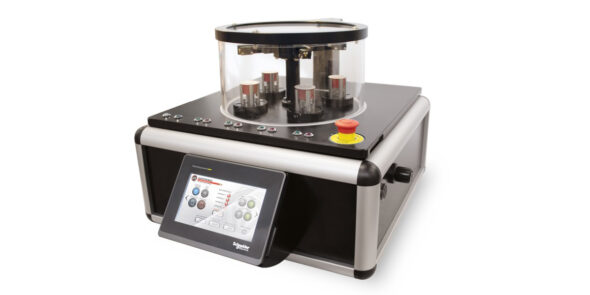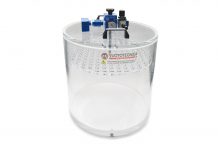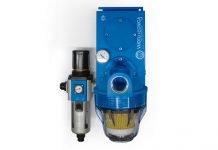Sous vide cooking, vacuum cooking, has so many advantages: the taste and color of food remain unaltered, all the nutrients are preserved while maintaining the moisture and therefore the softness of the food, nothing is burned, meals are more digestible, in addition, less electricity and gas are consumed, waste is minimized, thanks to single portions, and meals can be prepared even several hours before consumption.
Vacuum cooking never exceeds 100 degrees centigrade, and it is possible to use different marinades that make dishes tastier as well as preserving them for a long time.
In recent years, several models of vacuum ovens that use steam and a built-in vacuum drawer have spread to consumers’ homes to enable this cooking method that can enhance flavors. And there is no shortage of devices designed to preserve food, even raw, a great way to prepare in advance for hectic work weeks.
It goes without saying that vacuum control, in food, as far as cooking methods are concerned, but also the packaging of raw foods or raw materials, makes all the difference when it comes to quality and preservation. In the homes of end consumers but also in various industrial sectors that make use of it anyway.
Vuototecnica provides customers with several devices for testing package vacuum, among an all-in-one device, the ATC01 testing apparatus, inside which different types of vacuum packages can be checked thanks to the variable geometry supports in the bell.

Equipped with a 7-inch touch screen panel, the ATC01 is very easy to use: alarms, maintenance needs are displayed, vacuum degree and timing can be set, and there is a choice of five different languages.
Placing the package in the test bell creates a vacuum inside, which causes the package to deform due to the different pressure existing between the atmospheric pressure air inside the package and the vacuum created in the bell.
The greater the degree of vacuum in the bell, the greater the force that the air inside the package creates on the welds. A good way to detect weak spots and leaks.
In the ATC01 device, laser sensors placed inside the bell reveal the deformations of the package and the maintenance of its volume under vacuum.
At the end of the process, the results can be seen on the touch screen. Behind the equipment are also a USB2 socket and a LAN socket for transmitting and collecting test data.
To view technical drawings: www.vuototecnica.net









































